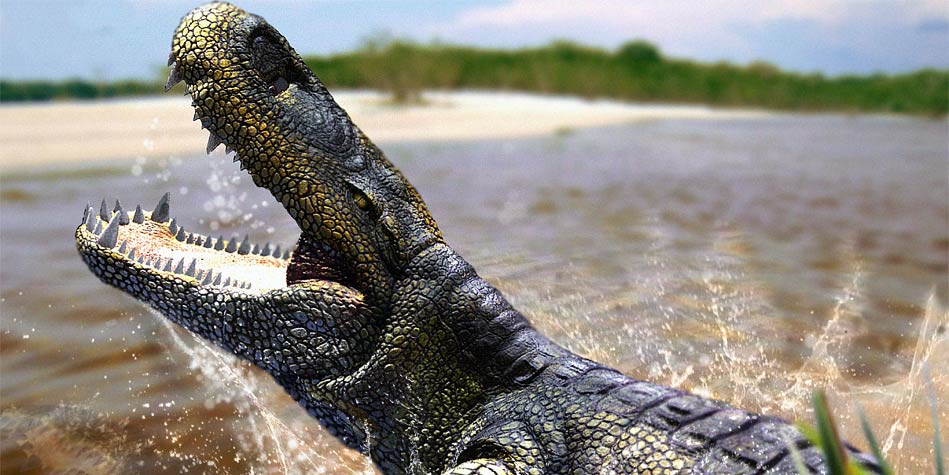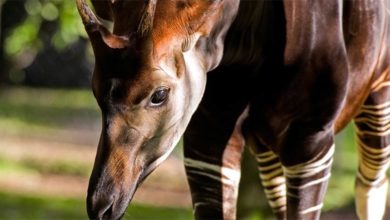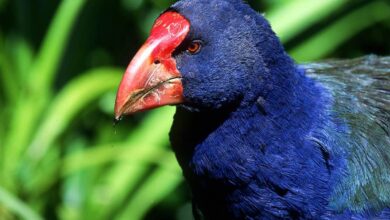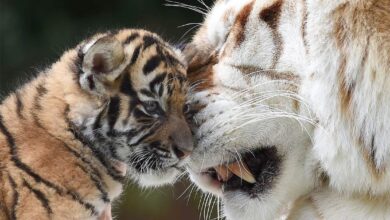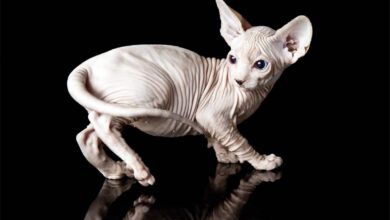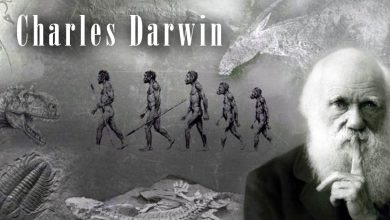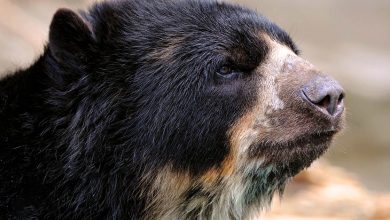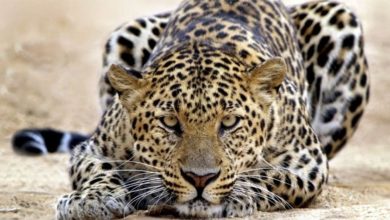Purussaurus – a bus sized caiman
Purussaurus – caiman the size of a bus
The largest modern caimans – black caimans – grow up to more than 4 m in length, larger specimens can weigh 400 kg (the record was over 6 meters and weighed 1100 kg). However, compared to its extinct relatives today’s caimans are the “mini” version. Representatives of the Purussaurus genus were close to the largest crocodiles living on Earth. So they would be able to face their much older cousin – Sarcosuchus or Deinosuchus, and also (as below) tyrannosaur.
Today, we are turning back the clock by 8 million years to take a trip to the Miocene tropics and learn about the secrets of the powerful Purussaurus caiman.
Introduction
The prehistoric world was home to some of the most remarkable creatures to ever roam the Earth, and among them was the mighty Purussaurus. This prehistoric monster was a true giant of the animal kingdom, and its name alone sends shivers down the spine of even the bravest of explorers.
Purussaurus was a massive crocodilian that lived during the Miocene epoch, approximately 5 to 16 million years ago. It was a truly fearsome predator, with a head measuring 5 feet long and a body that could reach up to 12.5 m (41 feet) in length. This incredible creature is thought to have weighed as much as 8.5 metric tons, making it one of the largest crocodilians to have ever existed.
But what really sets Purussaurus apart from other crocodilians of its time is its incredible bite force. Recent studies have shown that this prehistoric beast had a bite force that was twice as strong as that of the legendary Tyrannosaurus Rex, which is considered to be one of the most fearsome predators in history. This means that Purussaurus could easily crush the bones of its prey, which included giant turtles, horses, and even other crocodilians.
Despite its massive size and incredible strength, Purussaurus was not invincible. Fossils have been discovered that show evidence of battles between Purussaurus and other predators, such as the giant snake Titanoboa. These battles would have been truly epic, with two of the largest predators in history clashing in a fight to the death.
No, no, it’s a joke – Titanoboa and Purussaurus did not live at the same time. Titanoboa lived 60 million years ago, and Purussaurus disappeared from our planet about 5 million years ago. Nevertheless, such epic duels often occupy the imagination of our readers, so we allowed ourselves to interject a little literary fiction, but attentive readers will surely pick it up 🙂
As impressive as Purussaurus was, it is believed that this prehistoric crocodilian was eventually wiped out by a combination of factors, including climate change and competition from other predators. Today, all that remains of this once mighty creature are its fossils, which continue to fascinate and inspire scientists and enthusiasts alike.
The story of Purussaurus is a reminder of just how incredible the natural world can be. From its massive size to its legendary bite force, this prehistoric giant was truly one of a kind, and its legacy continues to captivate us to this day.
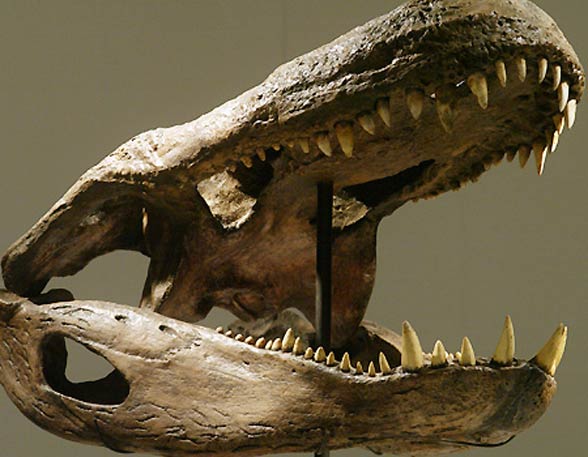
Classification
- Kingdom: Animalia
- Phylum: Chordata
- Class: Reptilia
- Order: Crocodilia
- Family: Alligatoridae
- Subfamily: Caimaninae
- Genus: †Purussaurus
- Species:
- Purussaurus brasiliensis
- Purussaurus neivensis
- Purussaurus mirandai
Occurrence and dating
Purussaurus lived in South America during the Miocene period, about 8 million years ago. It was identified on the basis of skulls found in Brazil, northern Venezuela and the Peruvian part of the Amazon.
It was found in rivers and floodplains. In addition, it sailed in seawaters together with fish and turtles, as well as other crocodiles and water mammals associated with the areas of today’s Venezuela. It chose coastal areas in a tropical climate for its habitat.
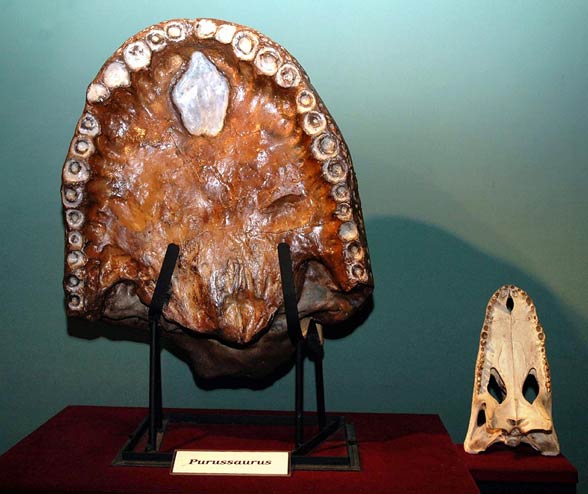
Characteristic
The Purussaurus reptiles were characterized by a strong, hard head equipped with large jaws, which in turn consisted of very sharp teeth. The jaws were adapted to capture and hold the struggling victim. The skull and jaws were also adjusted to tear off pieces of meat by means of fast rotations of the body around its axis (i.e. death roll). Modern crocodiles display similar behaviors.
One of the found skulls of the Purussaurus brasiliensis measures 140 cm. Thanks to it, paleontologists estimated that the caiman could measure 12.5 m in length and weigh about 8 tons. The strength of the bite is estimated at about 69,000 N, or about 7 tonnes, although some sources indicate that it could bite with a force of over 11 tons.
This would mean that Purussaurus could generate a bite stronger than white sharks and tighten the jaws several times more than the largest specimens in modern saltwater crocodile (Crocodylus porosus). According to Tito Aureliano, the head of a powerful Cayman was better suited to generate strong bites than the skull of T. rex.
The teeth had a conical shape and were very impressive, which means that the reptile was hunting large animals. It is also estimated that he consumed about 40 kg of meat daily.
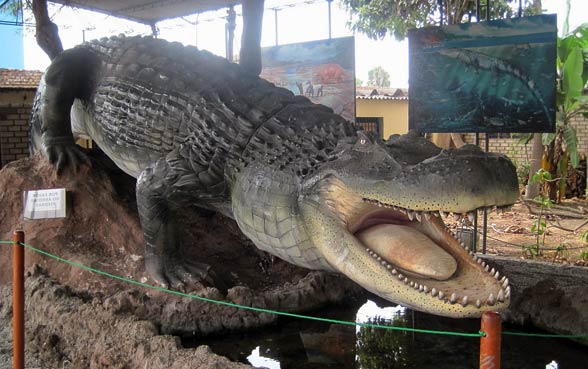
Purussaurus and other large crocodiles
Purussaurus was one of the largest known crocodiles that ever existed on Earth. Three other extinct reptiles: Deinosuchus, Sarcosuchus and Rhamphosuchus had similar dimensions to it. Deinosuchus and Sarcosuchus also had similar proportions of the body, but both were much older from the geological point of view (they came from the Cretaceous period). Rhamphosuchus, on the other hand, lived at the same time as Purussaurus, but the first was smaller, lived in India and had a jaw similar to a gharial (Gavialis gangeticus). Mourasuchus and Gryposuchus also had sizes similar to Purussaurus.
The large size, strength and ability to hunt for the largest possible prey at that time indicate that Purussaurus was at the top of the food chain in the ecosystem. This large reptile was therefore unrivaled among the then predatory land mammals of South America.

Size problem
It would seem that the huge sizes of the prehistoric caiman are one of its most important advantages. However, they probably contributed to the extinction of the genus (similarly as in the case of megalodon).
The environment changed quickly and frequently in the Miocene (when the formation of the Andes Mountains began), which proved to be a huge burden for large organisms, while small animals adapted better to ecosystem changes.
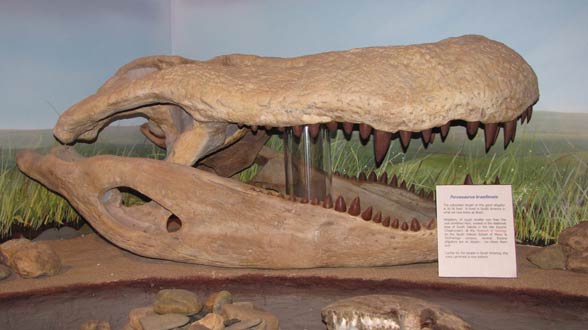
Purussaurus vs T. rex
During the Cretaceous Period in North America, Albertosaurus reigned supreme on land, while the Deinosuchus dominated the shore. Deinosuchus was by far the favorite and it happened that he attacked Albertosaurus, which were inadvertently in the range of his jaws. It is clear that the Albertosaurus gave way to T. rex in terms of weight and length.
Referring to the question of the battle between Purussaurus and Tyrannosaurus, which was addressed in the comments to the article, Aline Ghilardi (see the curiosities below) probably meant a duel on land.
However, we would be more conservative in this matter, considering the aspect of the greater intelligence of the Tyrannosaurus. In our opinion, there would not have been such a fight without surprise by one of the parties on land. Of course, we are talking about a hypothetical duel, if both reptiles could meet, and as we know it was not possible, because they lived in different epochs.
Purussaurus in such a landed duel would have a limited field of attack that could focus on the tyrannosaur’s legs, while the tyrannosaur would have to avoid such contact like fire. Both reptiles would appreciate the opponent’s strength, the Tyrannosaurus would roar and retreat to its territories.

Detailed data / dimensions
Purussaurus
- Body length: 10.3 – 12.5 m (34 – 41 ft)
- Skull: 145 cm (57.2 in)
- Weight: 5 – 8.4 tons
- Bite force: 69,000 N (7 tons)
- Dating: 16–5.3 million years ago, during the Miocene period
- Distribution: South America, mainly Amazonia
The length varies depending on the estimates. Based on the femur – 7.79 m; on the basis of the skull – 10.5-12 m
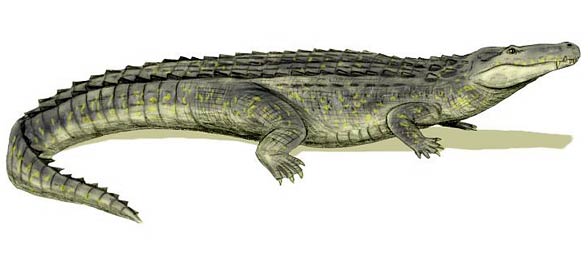
Purussaurus – interesting facts
- The generic name means as much as “lizard [from the river] Purus”, which refers to the river flowing through Brazil and Peru – the countries in which the remains of this great reptile were found.
- Purussaurus brasiliensisi could measure about 12.5 m (41 ft) in length, which is more than a London bus.
- Purussaurus had to consume about 40 kg (90 lb) of meat a day, about 20 times more than modern alligators.
- “Purussaurus and Tyrannosaurus rex lived at different times, but Aline Ghilardi (researcher of Purussaurus from the University of Rio de Janeiro (UFRJ)) has no doubt that Purussaurus would win the fight if it happened.
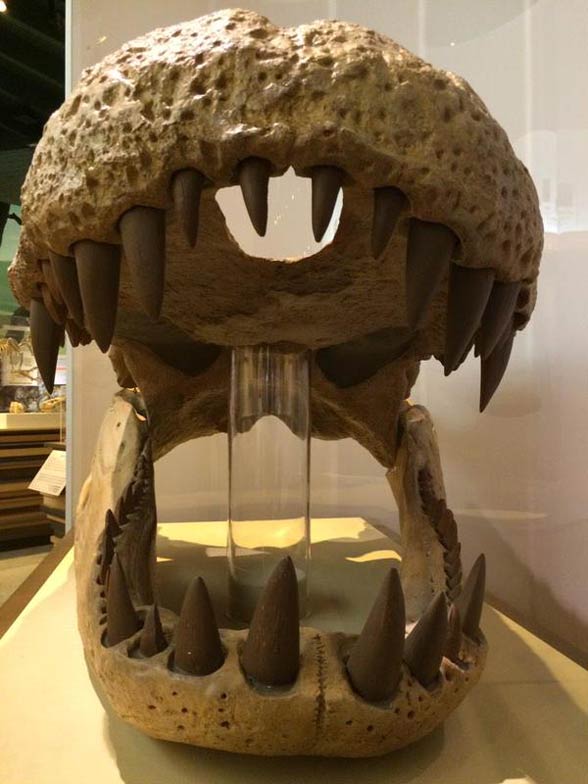
Recommended
- Deinosuchus
- Sarcosuchus – SuperCroc
- Rhamphosuchus
- Animals records
- Extinct animals
- Largest crocodiles Top 10
- Gigantopithecus
- Megafauna
- Titanoboa
- Megalodon
- American lion
- Cave lion
- Smilodon
- Largest eagles Top10
- Largest birds of prey
- Fastest animals – Top 10
- Fastest birds – Top 10
- Most venomous snakes – Top 10
- Largest sharks Top 10
- Heaviest land animals
- Largest whales TOP 10
- Longest snakes Top 10
- Highest (Top) flying birds – Top 10
- Largest and heaviest birds
- Largest turtles TOP 10

